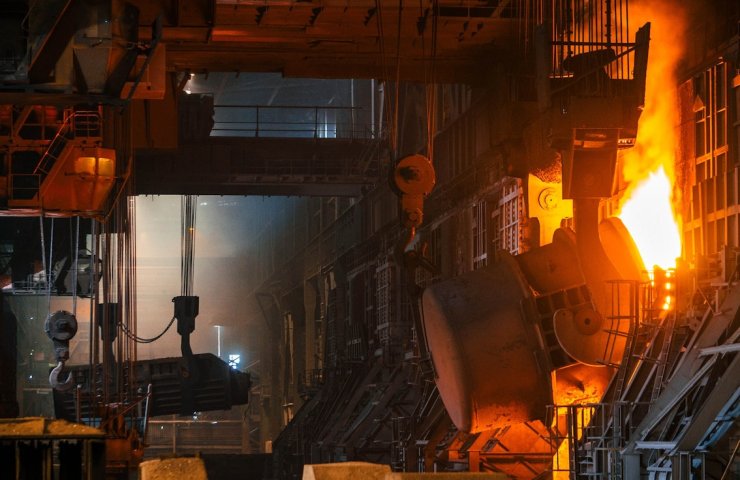China's plans to reduce steel production in 2021 may be questioned by high steel prices, which stimulate mills to increase their production performance, which compensates for the decline in production in other regions. S&P Global Platts Analytics estimates that the net result will be at best a slight decline in total production and, in all likelihood, no decline at all from last year's record levels of steel production.
Domestic hot rolled coil prices in China have risen by about 12% since early March, reaching their highest level since mid-2008. The latest round of price increases was mainly driven by the city of Tangshan shutting down a third of all blast furnaces, and the market expects similar production cuts to spread outside the region in an effort to meet the Chinese government's steel cut target.
The Jiangsu Iron and Steel Association called for control over steel production on April 2, and the city of Qinhuangdao in northern China is expected to suspend 30% of all iron and steel production.
According to the National Bureau of Statistics, Jiangsu Province produced 121 million tons of raw steel in 2020, accounting for 11% of China's total production. Qinghuangdao city has a total primary steel production of over 12 million tons per year.
The production cut in Tangshan has resulted in a 34 million tonnes per year suspension of pig iron production since mid-March. In theory, this has led to a temporary reduction in total pig iron production capacity in China from 1,032 million tonnes /year at the end of 2020 to 998 million tonnes /year at present. But according to Platts Analytics, this is still much higher than China's realized pig iron production of 888 million tonnes in 2020.
Platts Analytics expects that the rise in steel margins driven by the decline in production in Tangshan will increase the utilization rate of the remaining 998 million tonnes of pig iron per year from about 87% at the end of March.
If capacity utilization rises to around 90% in April, an additional 10 million tonnes of pig iron per year will need to be suspended to bring the annual rate of pig iron production in China below last year's level. If the utilization rate reaches 95% - stimulated by a sharp increase in profits - then an additional 60 million tonnes of pig iron per year will need to be turned off.
According to S&P Global Platts, the profitability of hot rolled steel production in China as of April 6 was $ 138 per tonne, and the rebar margin was $ 111 per tonne.
Capacity increase in 2021
In addition, in 2021, China will add an additional 18 million tons per year of net pig iron production capacity and 30 million tons per year of crude steel production. This means that as production gradually ramps up at newly commissioned plants, China will have to suspend production of even more pig iron and steel capacities in the second half of 2021 in order to achieve its goal of reducing steel production.
China is considering reducing tax breaks on steel exports to reduce steel exports and indirectly discourage steel production. While it remains unclear when and how the discount cut will be implemented, market consensus suggests that the government would like to see steel exports from China fall by about 20 million tonnes in 2021 from just under 54 million tonnes in 2020.
However, given the limited global supply of steel, the cancellation or reduction of China's export discounts will further increase global steel prices. This means that steel exports from China will remain profitable regardless of changes in the export discount.
Market participants expect that the export duty exemptions for long products, hot rolled sheet in coils (HRC) and cut sheets will be reduced from 13% to 9-4% or may be canceled altogether.
Based on domestic prices as of April 6, the export bid prices for the Chinese HRC grade Q195 could be around $ 913 per tonne CFR if the export discount is 0%.
Bids for India's SAE HRC Grade HRC were heard at $ 920 per tonne CFR Vietnam on April 6, up about $ 100 per tonne from two weeks ago. On April 7, it was heard that Japan was offering the same material at $ 1,000 per tonne in Vietnam for shipping in early June.
Conversely, the rise in world prices will not allow China to increase its imports of iron and steel. According to customs data for January-February, imports of iron and steel to China in 2021 are projected to decline by 16 million tons on an annualized basis.
Even if steel exports from China fall by 20 million tons per year by





